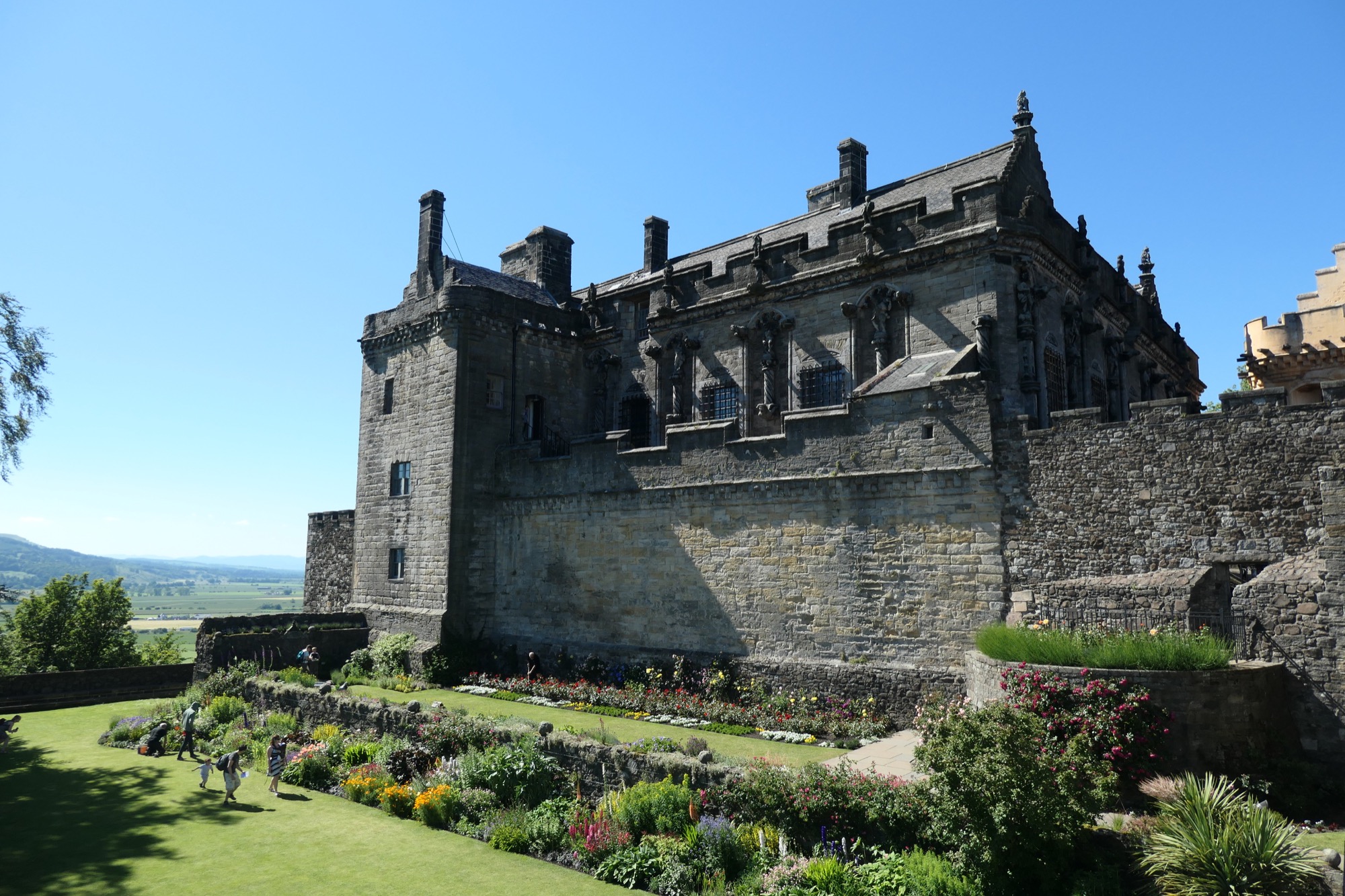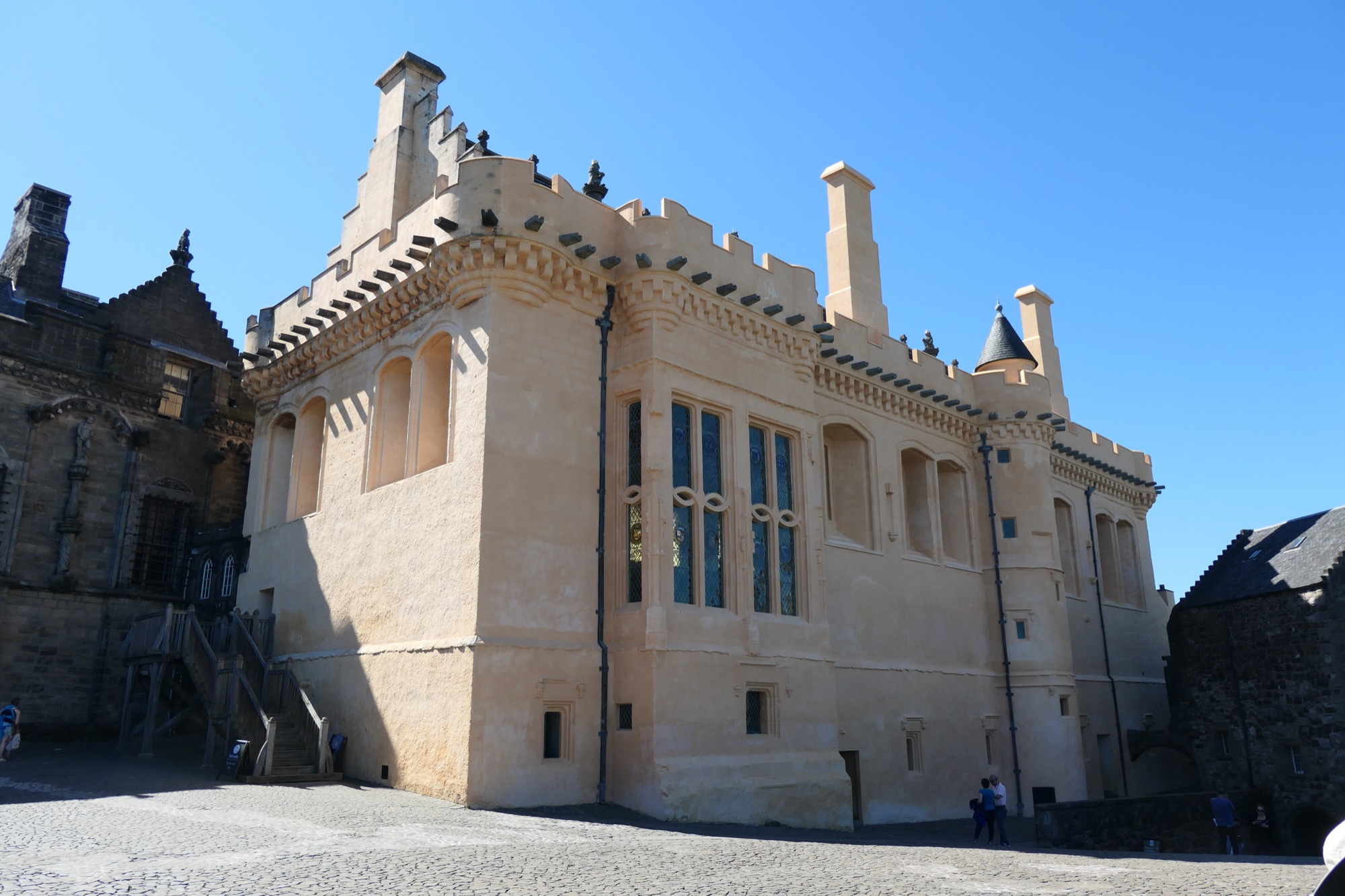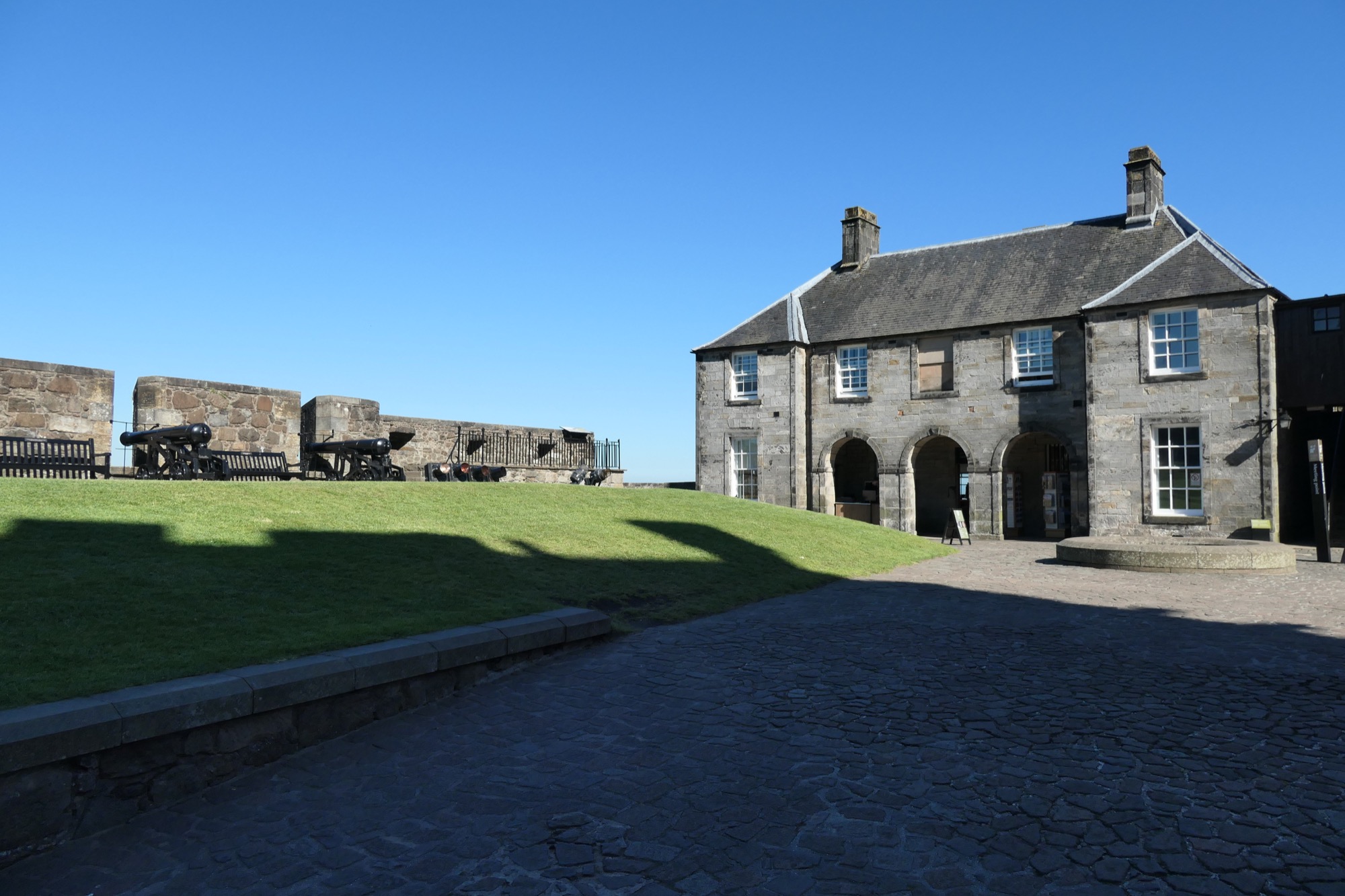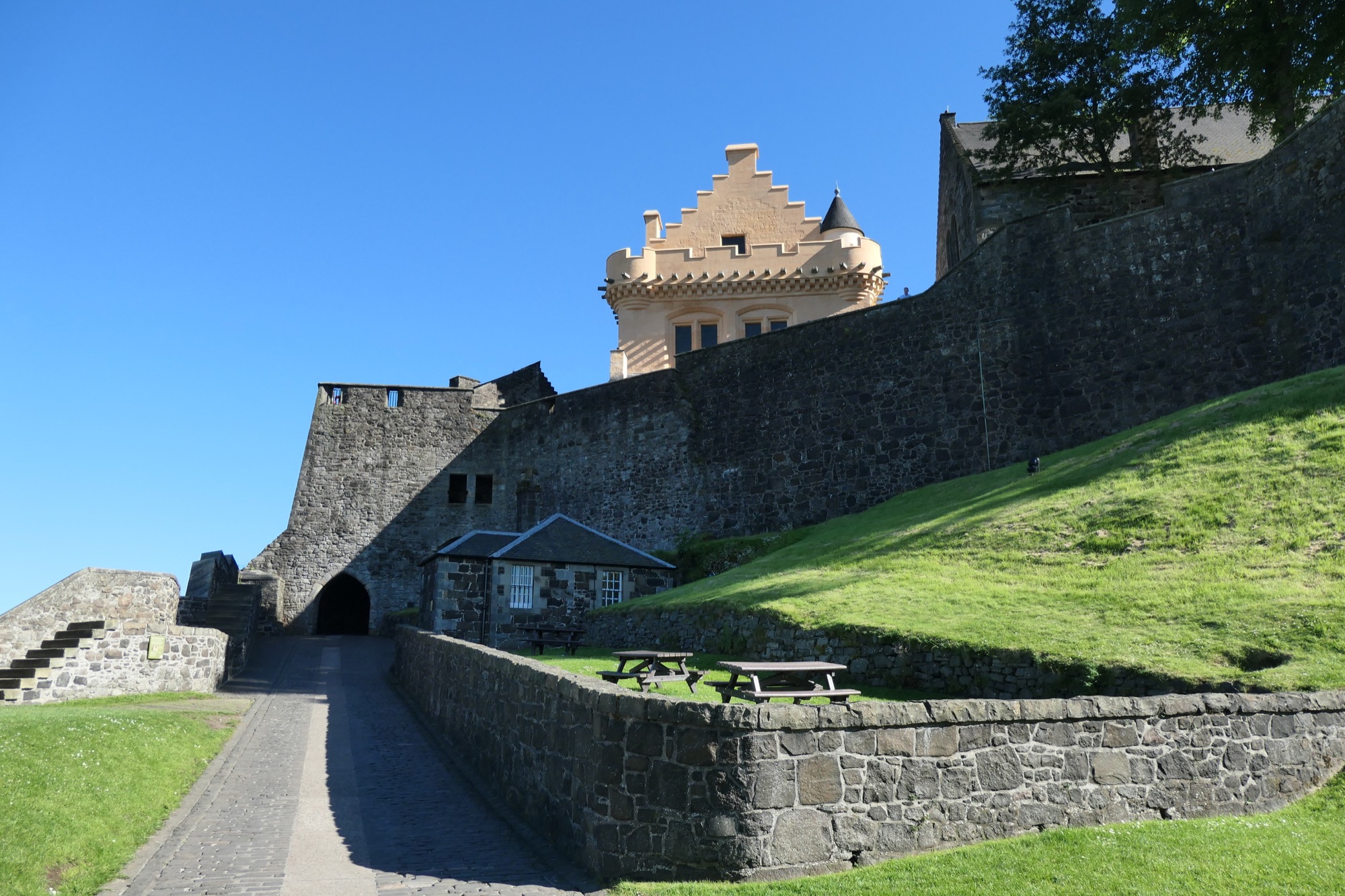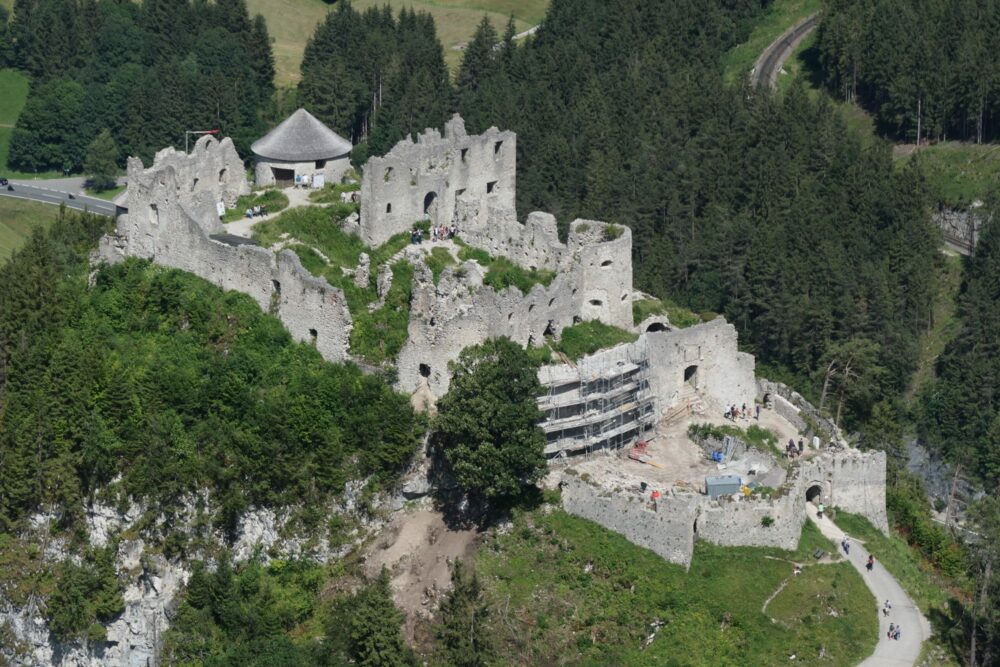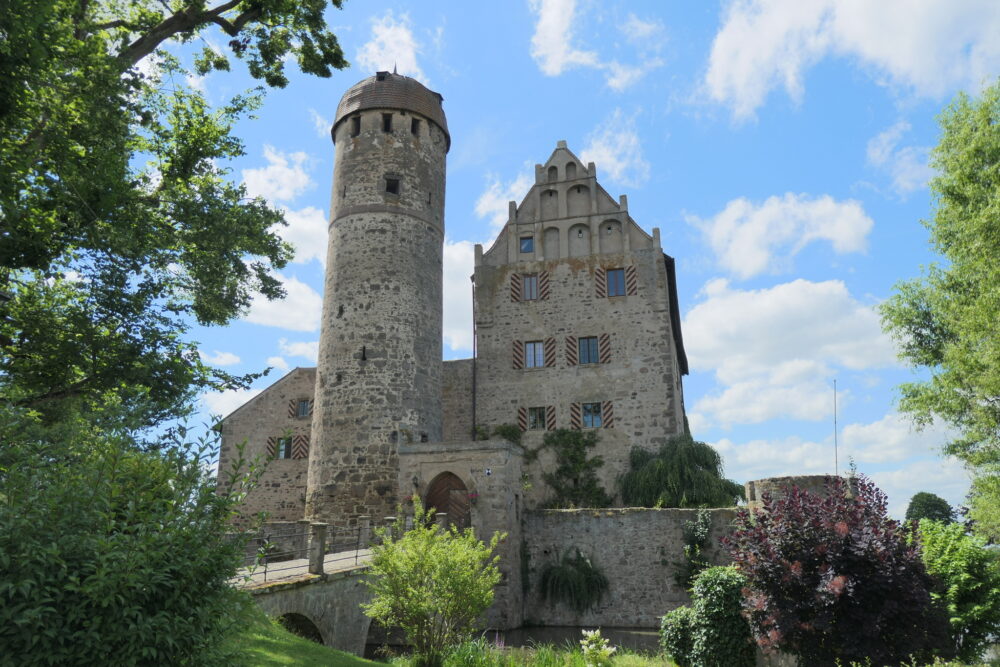Stirling Castle
Stirling Castle guarded Stirling Bridge for centuries. The bridge was, until the 1890s, the farthest downstream crossing of the River Forth and a key location to access the north of Scotland. Hence Stirling (the town), its bridge and its Castle were of strategic importance. No surprise then that the Scotish and the English Kingdoms fought hard over it.
The Wars of Scottish Independence
Stirling Castle was under siege at least eight times. Including several during the Wars of Scottish Independence, which was fought between the Scottish and the English Kingdoms between 1296 and 1357.
In 1296, the beginning of the Wars of Scottish Independence, King Edward invaded Scotland and found Stirling castle abandoned. He took the opportunity to set up an English stronghold in Scotland.
About a year later, on 11th September 1297, William Wallace defeated a vastly bigger English army at the battle of Stirling Bridge. However, at the end, William paid a high price for his freedom aspirations: His execution went into the history books as one of the cruelest ever. Have a look at the article about the The Nation Wallace Monument for details and some more pictures.
In 1314, The Scottish King Robert the Bruce (the real “Braveheart” btw.) regained control of the castle. By then, Stirling castle had switched hand between the Scottish and the English so many times, that King Robert ordered the defenses to be destroyed so it could never be used against Scotland again.
But of course it got rebuilt….
The history of Stirling castle
Construction started in the early 12th century. The oldest remaining part is the north gate, which dates back to the 1380s. Most of the buildings date back to the fifteenth and sixteenth centuries. The outer defenses were built in the early eighteenth century and are the youngest part of the Castle.
Stirling Castle served as a royal residence and as a stronghold, which is nicely reflected in the architectural styles of the buildings. Today it remains a great symbol of Scottish independence and national pride, and a must see for every castle spotter.
If you have plans to visit Stirling Castle, be sure to take a look at its official website.

